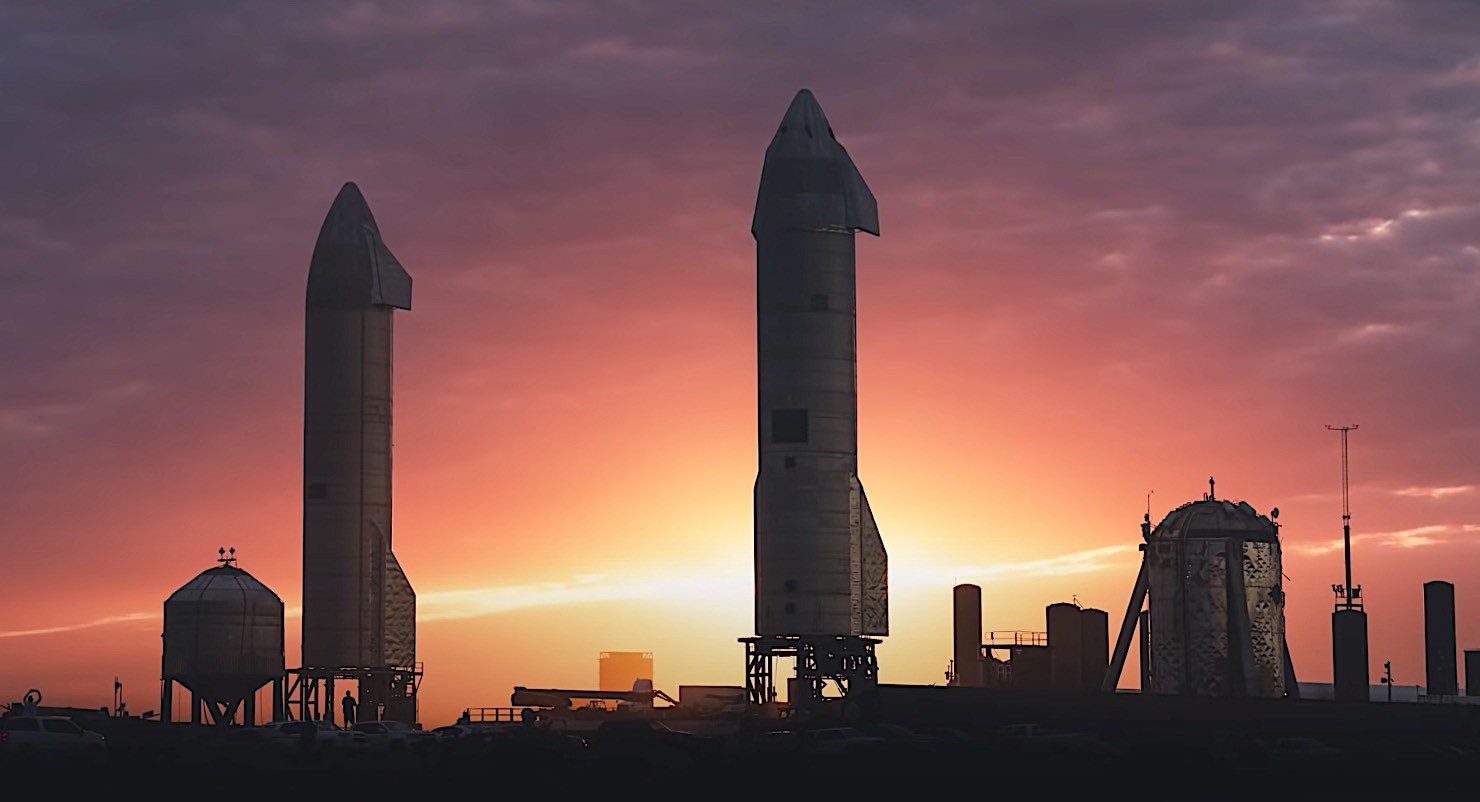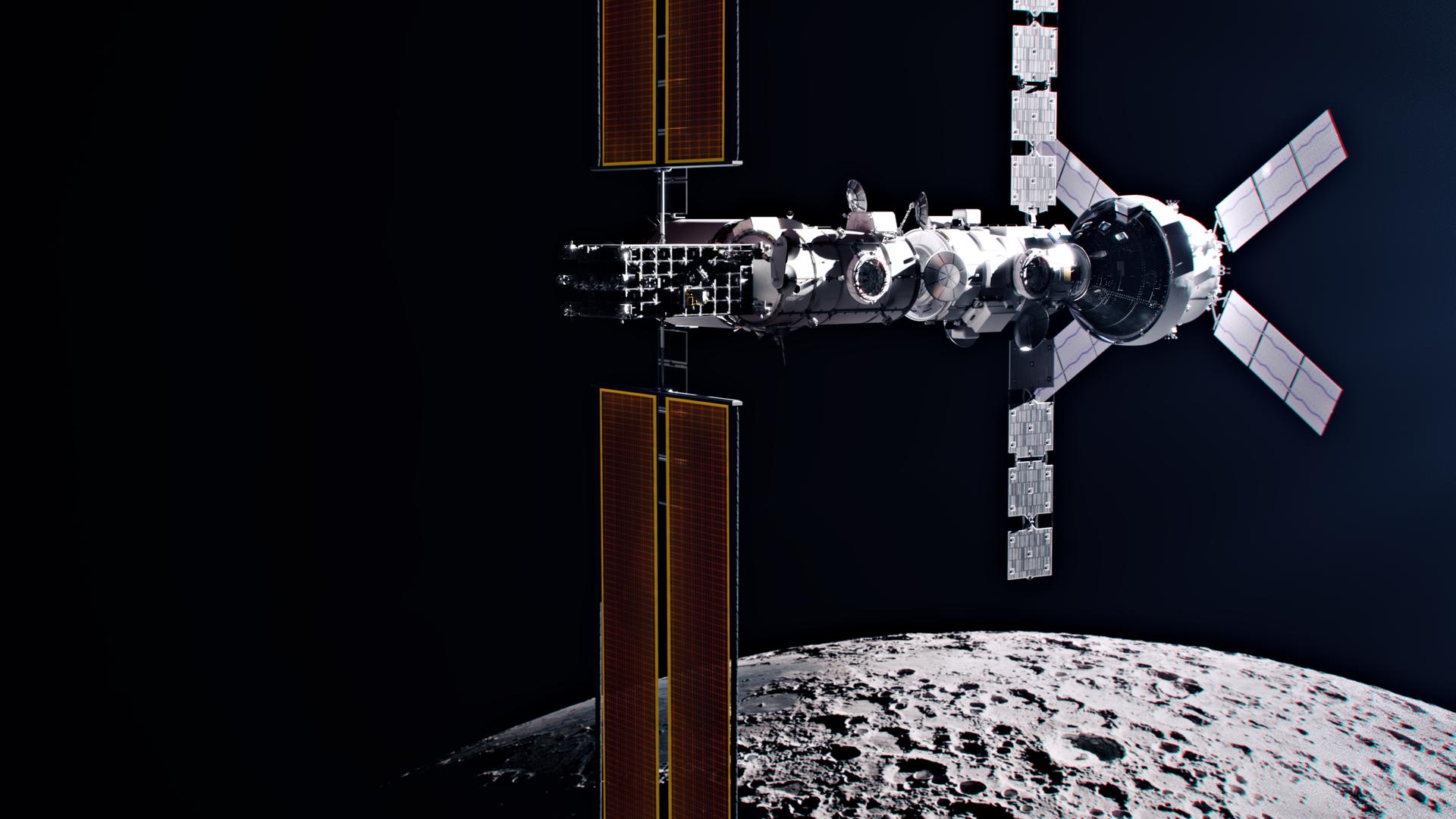The competition for space exploration has become increasingly complex, requiring technological advancements and international cooperation. Recognizing the need for standardized timekeeping in space, the White House has tasked NASA with developing a unified time standard for the Moon and other celestial bodies.
The initiative, known as the Lunar Time Coordinated (LTC), aims to synchronize timekeeping between Earth-based centers and space outposts to facilitate collaboration and data transfer. LTC addresses the inherent differences in time perception between Earth and other celestial bodies, ensuring precision in space missions and operations.

By establishing a standardized timekeeping system, LTC will enable efficient coordination of spacecraft activities and enhance communication between space vehicles and Earth-based facilities. This initiative is crucial as space exploration expands, with commercial activities and manned missions to the Moon and beyond becoming a reality.
While challenges remain, including international cooperation and consensus-building, efforts like the Artemis Accords demonstrate progress toward establishing norms and regulations for space exploration. With ongoing advancements in space technology, standardized timekeeping will play a vital role in shaping the future of space exploration.

